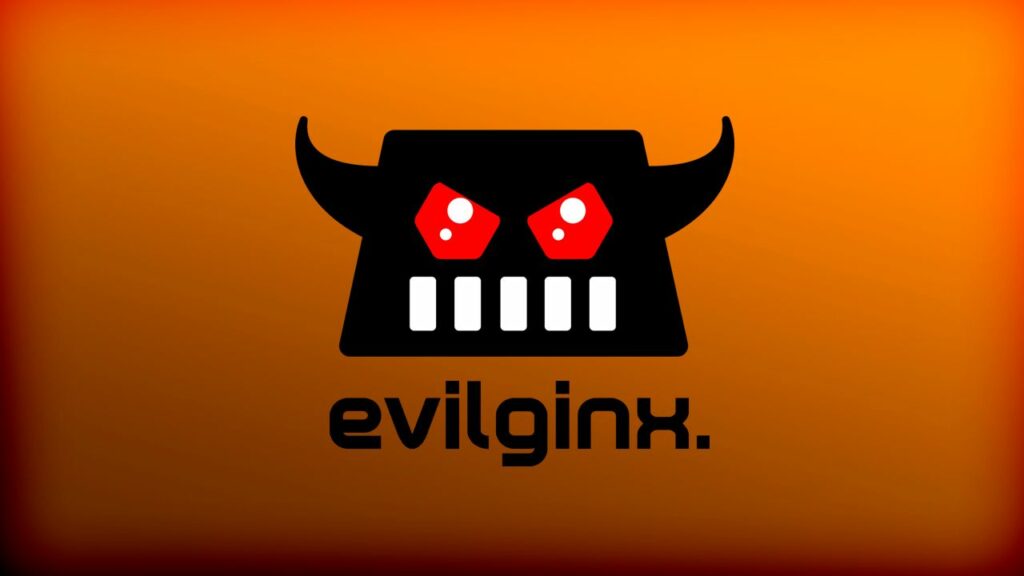The Evolution of Phishing: Understanding Evilginx and Its Impact on Cybersecurity

evilginx
Phishing attacks have evolved significantly over the years, becoming more sophisticated and harder to detect. Among the advanced tools that have emerged is Evilginx, a man-in-the-middle (MitM) attack framework that allows attackers to bypass two-factor authentication (2FA) by intercepting session cookies. This blog will explore the growing trend of phishing, the capabilities of Evilginx and its plugins, the availability of learning materials online, and the implications of these developments.
The Rise of Phishing Attacks
Phishing remains one of the most prevalent cyber threats, targeting users across various platforms. Attackers often impersonate legitimate entities to trick individuals into providing sensitive information such as usernames, passwords, and credit card details. The rise of remote work and increased digital interactions has further fueled this trend, making users more vulnerable to such attacks.
Target Demographics
Recent reports indicate that phishing attacks are particularly prevalent among users in the US and UK, with attackers often operating from countries like Nigeria. These attackers utilize social engineering techniques to craft convincing messages that lure victims into clicking malicious links or downloading harmful attachments.
Evilginx: A Game Changer in Phishing
Evilginx is a powerful tool that allows attackers to create phishing pages that closely mimic legitimate websites. By acting as a proxy server, Evilginx captures session cookies and credentials without alerting the user. This capability is especially dangerous as it enables attackers to bypass 2FA mechanisms employed by many organizations today.
Key Features of Evilginx
- Session Hijacking: Evilginx captures session cookies, allowing attackers to impersonate users without needing their passwords.
- Customizable Phishing Pages: Users can create tailored phishing pages for various services, making it easier to deceive victims.
- Integration with Plugins: Tools like Evilginx_monitor enhance its functionality by monitoring phishing campaigns and providing analytics on captured data.
Learning Resources for Evilginx
The accessibility of educational materials online has facilitated the proliferation of phishing tools like Evilginx. Platforms such as YouTube offer comprehensive guides on setting up and using Evilginx effectively. For instance, the video series available here provides step-by-step instructions for beginners looking to understand the tool’s capabilities.
Types of Learning Materials
- Video Tutorials: Visual learners can benefit from detailed walkthroughs available on platforms like YouTube.
- Documentation: GitHub repositories often include README files with setup instructions and usage examples.
- Community Forums: Engaging in discussions on forums can provide insights and tips from experienced users.
Implications of Advanced Phishing Tools
The rise of tools like Evilginx poses significant risks for both individuals and organizations. As phishing becomes more sophisticated, traditional security measures may become less effective. Here are some potential impacts:
- Increased Security Breaches: Organizations may face higher rates of data breaches as attackers exploit vulnerabilities in user behavior and security protocols.
- Loss of Trust: Frequent phishing incidents can erode trust in digital platforms, leading users to be more cautious about online activities.
- Regulatory Scrutiny: Governments may impose stricter regulations on cybersecurity practices as the threat landscape evolves.
Conclusion
The growing sophistication of phishing attacks, exemplified by tools like Evilginx, underscores the need for enhanced awareness and security measures among users. As attackers continue to develop new methods for deceiving individuals, it is crucial for both users and organizations to stay informed about these threats and invest in robust cybersecurity practices. The availability of learning resources online makes it easier than ever for malicious actors to exploit vulnerabilities, highlighting the importance of proactive defense strategies in today’s digital landscape.






